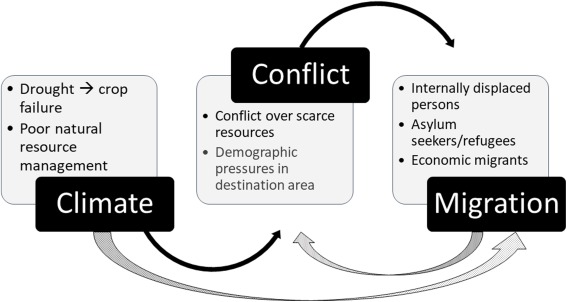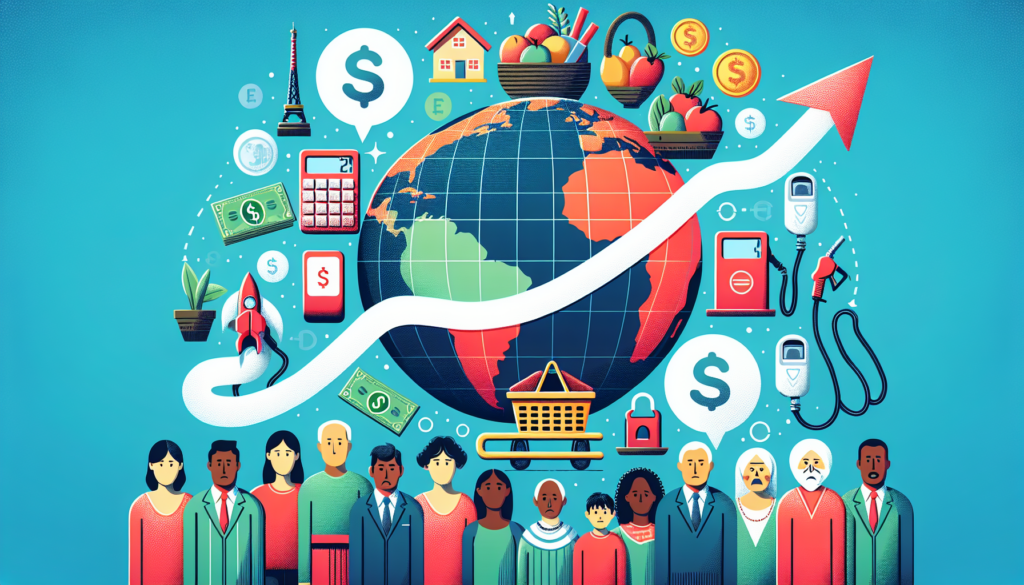Migration has always been a part of human history. People move to find safety, opportunity, and a better life. But in today’s world, the scale and urgency of migration are reaching record highs—and two of the biggest forces behind it are global conflicts and climate change.
From war-torn cities to drought-stricken villages, millions of people are being forced to leave their homes not by choice, but by survival.
A Global Displacement Crisis
According to the United Nations, more than 100 million people worldwide are currently displaced—the highest number ever recorded. These include refugees crossing borders, internally displaced persons (IDPs), and those seeking asylum in new countries.
Conflict remains the leading cause. Civil wars in Syria, Sudan, and Ukraine, violent extremism in parts of Africa, and political instability in regions like Venezuela have pushed families to flee for safety. In many cases, people leave behind everything they’ve ever known, often with little hope of returning.
Climate Change: A Growing Threat
While war and violence get more headlines, climate change is quietly becoming one of the biggest drivers of displacement.
Rising sea levels are threatening island nations and coastal cities. Severe droughts are making farming impossible in parts of East Africa, while intense floods have displaced communities from Pakistan to Bangladesh. These events don’t just destroy homes—they wipe out food sources, jobs, and entire ways of life.
Scientists warn that climate-driven migration will increase in the coming decades. Entire regions may become unlivable due to extreme heat, water shortages, or recurring natural disasters.
The Human Impact
Behind every statistic is a human story. Parents carrying children across borders. Teenagers navigating dangerous routes to find work. Elderly people left behind in abandoned villages. Displacement often means losing access to education, healthcare, and a sense of belonging.
Women and children are especially vulnerable, facing higher risks of exploitation and abuse during migration journeys or in refugee camps.
Host Countries and Challenges
Countries receiving large numbers of migrants and refugees face their own challenges—housing shortages, pressure on public services, and rising political tensions. In some cases, the arrival of migrants leads to backlash or xenophobia. In others, it brings new ideas, skills, and cultural richness.
Nations like Germany, Turkey, Uganda, and Colombia have taken in millions, with mixed responses from their citizens and political leaders. The question of how to share responsibility fairly remains a global debate.
What Can Be Done?
Solving displacement requires more than just opening borders. It calls for:
- Conflict resolution and peacebuilding in war zones
- Climate adaptation investments in vulnerable regions
- Legal migration pathways that are safe and fair
- International cooperation to support both migrants and host communities
Technology and data are also playing a role, helping to track migration patterns, predict future displacement hotspots, and deliver aid more effectively.
A Global Issue, A Shared Responsibility
Migration isn’t going away—it’s growing. As global conflicts intensify and the planet warms, more people will be forced to move. Instead of seeing migration as a crisis to be stopped, many experts say we need to view it as a reality to be managed—with compassion, planning, and cooperation.
Whether for safety, survival, or opportunity, people will always be on the move. The challenge for the world is how to ensure that their journeys are dignified, legal, and humane.






